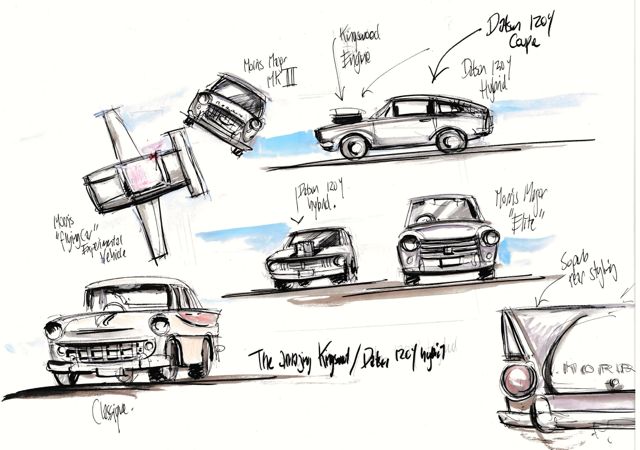In today’s Post Tarquin O’Flaherty elaborates on the theme introduced by Quantum Dumpster on Monday (Here). His rejoinder was to be illustrated by Sir Bertram Postule. There is debate as to Bertie’s comprehension of the brief. His censored illustrations appear below the text.
May I say how much I agree with Mr Quantum Dumpster and his remarks concerning the venerable P76. For Heaven’s sake, what was the British car manufacturing industry thinking of? What happened to that bastion of early motoring that would so easily give up its well earned reputation.?
Somebody once said that the camel is a horse designed by a committee. If this is true then the car industry in Britain was overtaken by a committee and the resulting camel was the P76
After the war, quietly, Japan began to rebuild its economy.
I would make the point that NOWHERE in the post war West (not just Australia) was there anyone clever enough to notice what the Japanese motor industry was doing. The general attitude, both here and in Europe towards the Japanese was a racist one. They were beneath contempt. They were Nips, or Chinks, bloody coolies who had no conception of the modern world.
What everyone failed to notice was that, in order to prosecute their anti-Communist wars in Asia (Korea and Vietnam etc), the Americans in Japan, the French in Vietnam, set up bases, weapon and vehicle factories. And so in Asia, free of charge, the locals learned the skills involved in building modern vehicles. Very quickly they realised the potential of the civilian market.
Japan is a crowded place, so they built cheap small cars. They also built millions of small-engined motor-cycles while we continued to build galumphing Nortons and BSAs most of them designed in the 1930’s. We were, I’ll have you remember, the children of the British Empire, the product of ‘the Workshop of the World’; How could anyone dare to challenge us? We had a blind, invincible arrogance about our selves and the world.
Colin Chapman (English) and John Cooper(Australian) revolutionised racing cars in 50s and 60s England, by dragging car design out of the Stone Age. Despite this, the British car manufacturing industry, under threat from Japan, simply buried it’s head refusing inexplicably to recognise and incorporate the brilliant new innovative design ideas which were winning races all over the world. Instead they amalgamated most of the traditional makers like Morris, Wolseley, Austin etc into a gigantic bureaucratic and logistical nightmare, which very quickly bankrupted itself.
The British Vehicle Industry failed for the same reason the British Empire failed. Power breeds arrogance, a belief in one’s own invincibility, and a refusal to believe that the enemy is at the gate.
Shelley’s Ozymandias was right; A broken statue pokes up from a limitless waste of desert. Chiselled into the stone a few still legible words;…I am Ozymandias, King of Kings. Look on my works, ye mighty, and despair.’.
Well done! Lets have more from Mr Dumpster!
Tarquinius Maximinius
Illustrations by Sir Bertram Postule
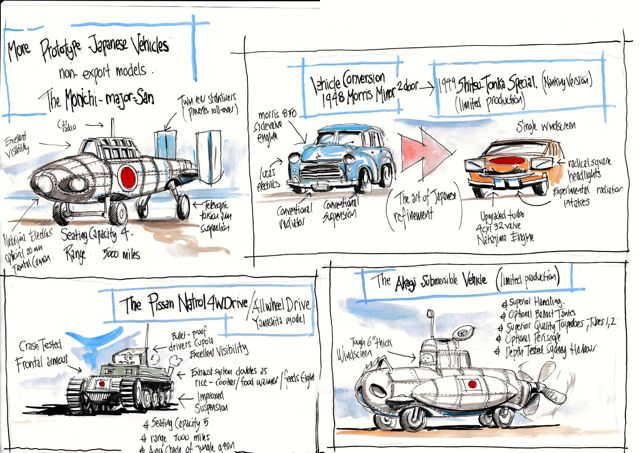
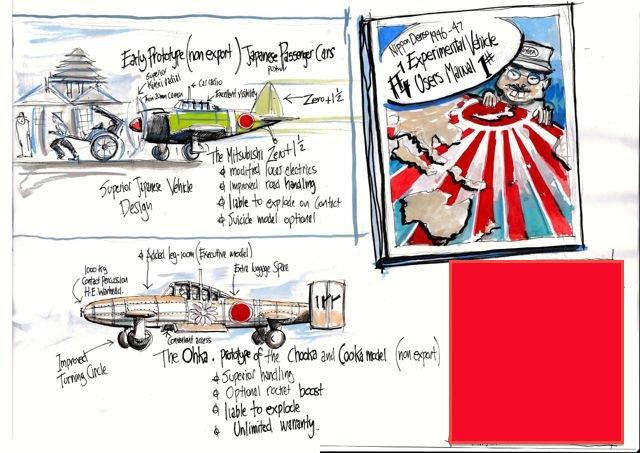 Censored at Diplomatic request.
Censored at Diplomatic request.

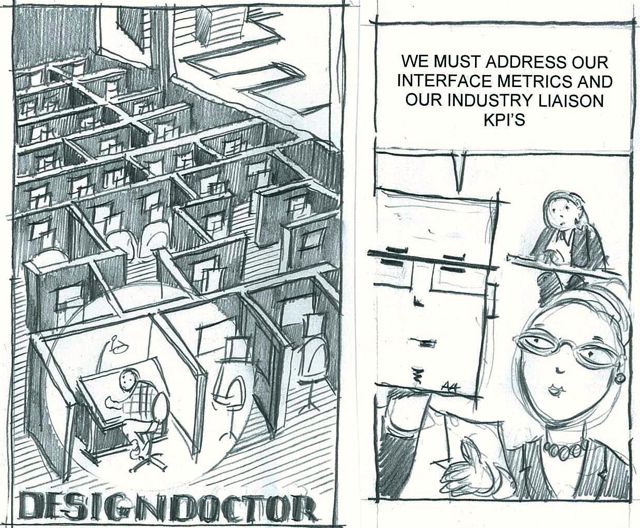
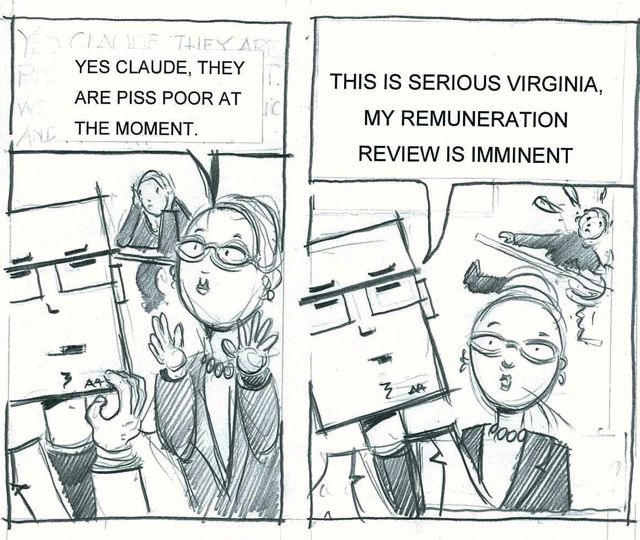
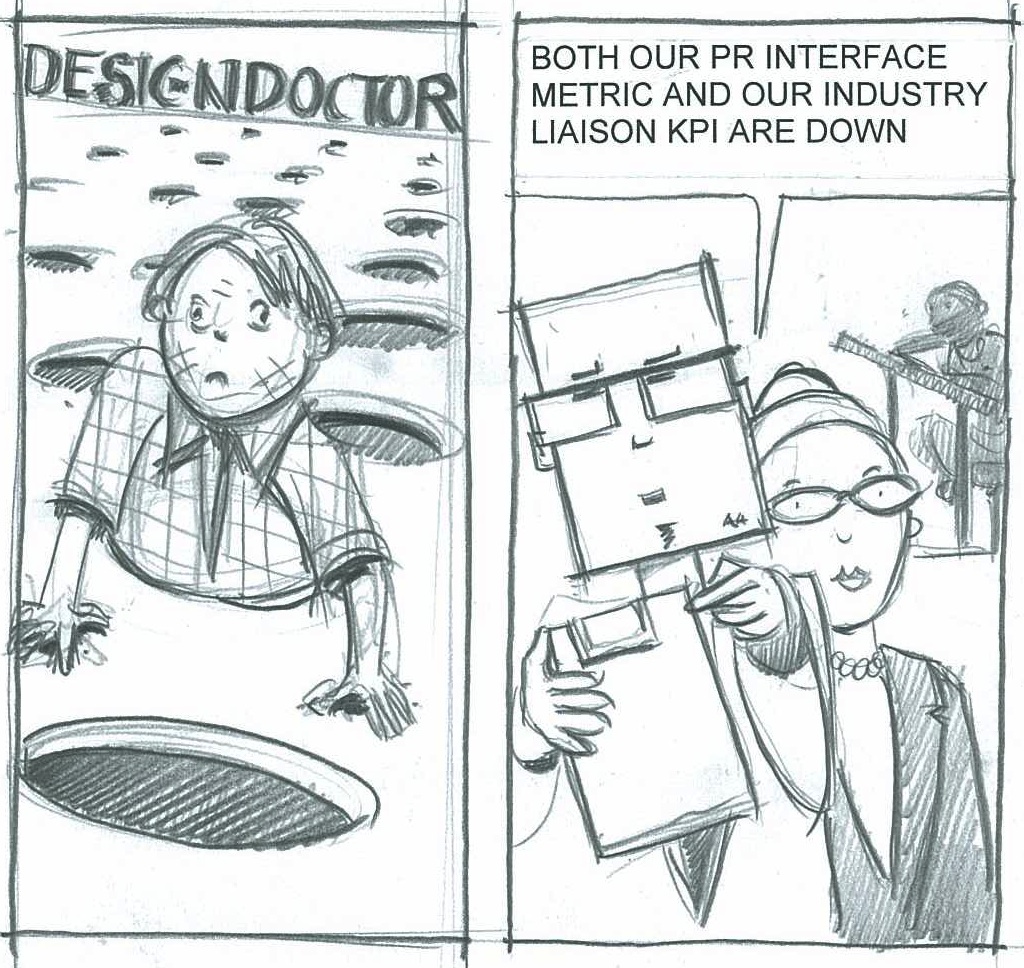
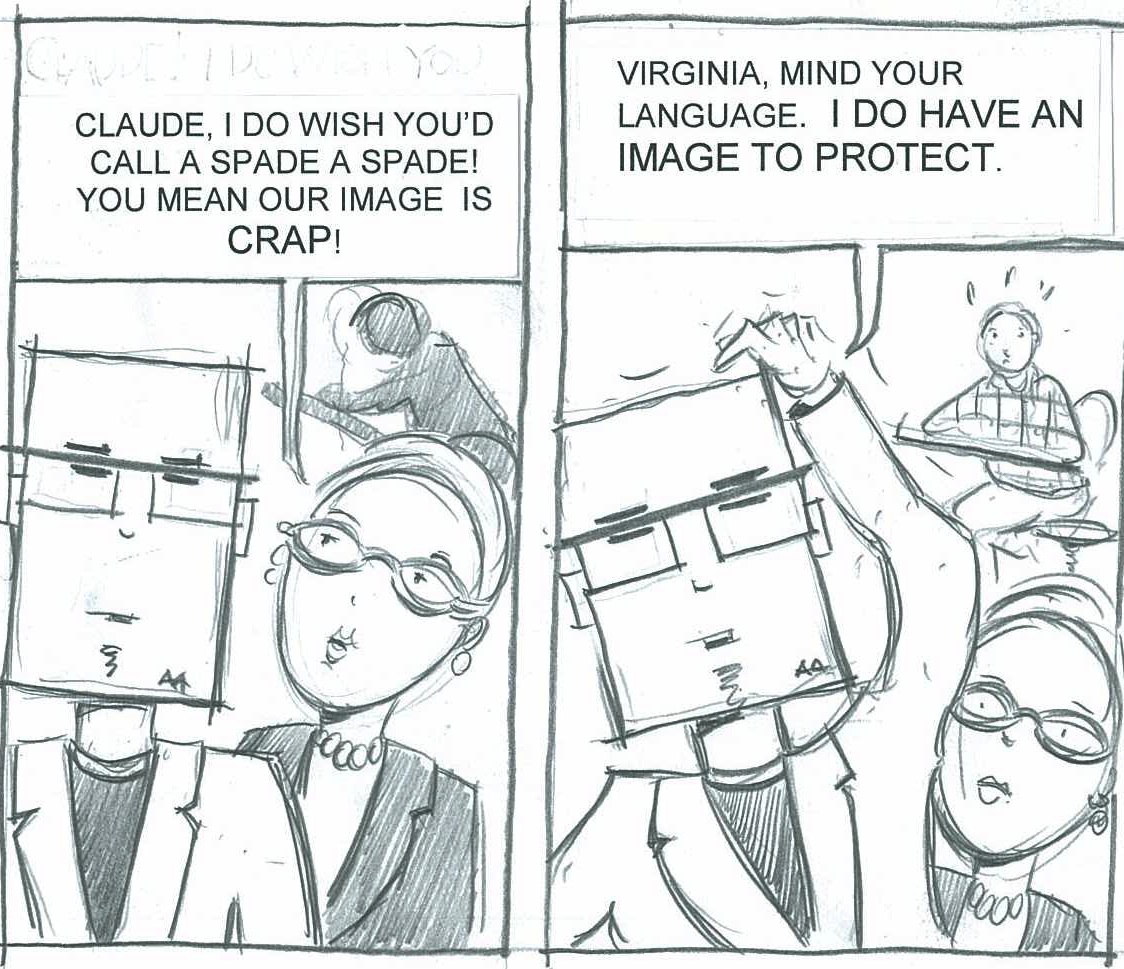


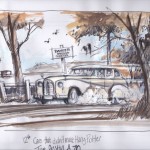
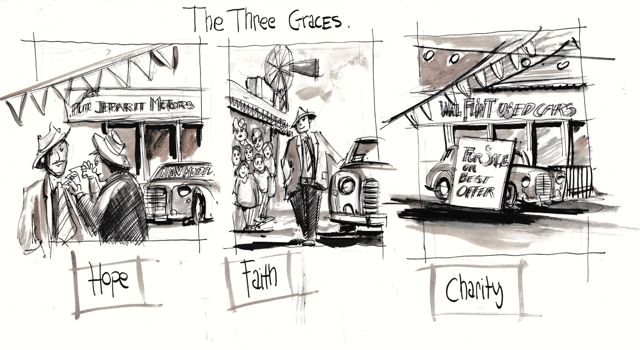
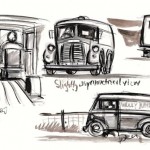
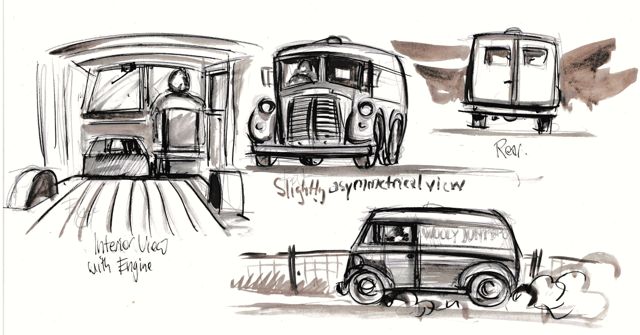
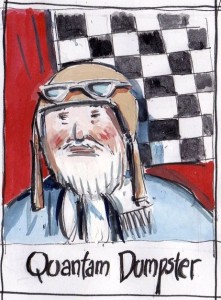 QUANTUM DUMPS
QUANTUM DUMPS